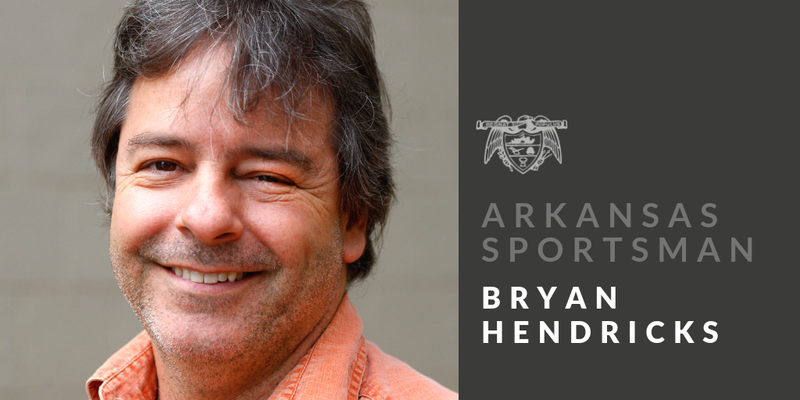I missed opening day of Arkansas modern gun deer season for the first time in forever, but I had a good excuse.
I was in Osage County, Okla., participating in a controlled muzzleloader deer hunt at the Western Wall Unit of the Osage Wildlife Management Area near Bartlesville. The Oklahoma Department of Wildlife Conservation issues about 25 permits for the highly coveted four-day hunt. After 10 years, I finally drew a permit.
Osage-Western Wall WMA is a cool place. The terrain is rugged by Oklahoma standards, consisting of low ridges between steep, shallow hollows. The habitat is post oak savannas with open understories carpeted with seedy grasses. There is a lot of bare ground under the grass. It's excellent quail habitat, as evidenced by the coveys I flushed in my walkabouts.
The highest point on the area is open prairie that offers a breathtaking panorama.
[GALLERY: Oklahoma deer hunt » arkansasonline.com/1117deer/]
Abutting the west side of the WMA is the Tallgrass Prairie Preserve. Owned by The Nature Conservancy, it is the last big chunk of virgin prairie left in Oklahoma and is famous for its herd of wild American bison.
Controlled hunts on Oklahoma WMAs are different than those held on Arkansas WMAs. For starters, the only entrance at Osage-Western Wall is behind a locked gate. During the four-day controlled hunt, only permittees are allowed on the area. We had to check in and check out each day.
The first day was Nov. 7. All permittees attended a mandatory meeting with John Rempe, the area's longtime manager. The orientation is an event. The permittees socialized and enjoyed fresh fried fish and hushpuppies. Rempe explained the rules and gave us the gate combination. One rule is that a successful hunter may not move a deer until Rempe examines it. This discourages cheating. There's a big map of the area on the exterior of the check-in shack. Each hunter placed a tack in the general area where he was hunting.
Over the next few days, I developed friendships with the folks that hunted in my general area. We compared notes and shared information about what we saw. We also noticed that as the days progressed, all of the pins on the map moved progressively north.
Deer followed four patterns. First, they were in the early stages of the pre-rut period.
Second, deer fed under the bright moon and bedded all day. Successful hunters killed their deer early in the mornings as they returned to their bedding areas, mostly from the Tallgrass Prairie Preserve.
Third, deer don't use food plots at Osage-Western Wall until after dark.
Fourth, deer on the north and east sides of the WMA bedded in the thickest cover atop the ridges. One guy sat near such a thicket all day. Deer came out about 45 minutes before sunset. On Saturday, he said deer surrounded him at dusk, including a young 8-point buck that munched acorns as close as 15 yards away.
"I wasn't seeing anything on the south end, so I went to the extreme north end and got as far away from the road as I could," he said. "I had to cross three or four creeks. I'm soaked up to my waist right now, and I almost got 'turned around' on the way out."
Permittees were allowed to kill one deer. Giant bucks inhabit the WMA, and everyone refrained from shooting younger bucks until the third day. The exception was the guy that killed a 31/2-year old 12-point buck about an hour after the orientation.
After a day of intense scout hunting, I found a draw between two ridges on the northeast boundary that reminded me of a honey hole I found on Madison County WMA. It was a textbook funnel in a little creek bottom between two ridges. I found a spot on a hillside where I was invisible, but where I had clear sight lines of up to 150 yards. That's the kind of secluded place where you will see a mature buck.
Not a single deer came through that crossing.
That made me rue missing Arkansas's opening weekend of modern gun season. On the other hand, I applied my best woodsmanship to hard hunting in a challenging but potentially high-rewarding environment. Sometimes it doesn't work out. I left feeling energized and inspired.
Back home, the first thing I did was check my remote cameras. On Nov. 9-10, they showed only does and young bucks.
I was relieved. I didn't miss a thing.
Sports on 11/17/2019
